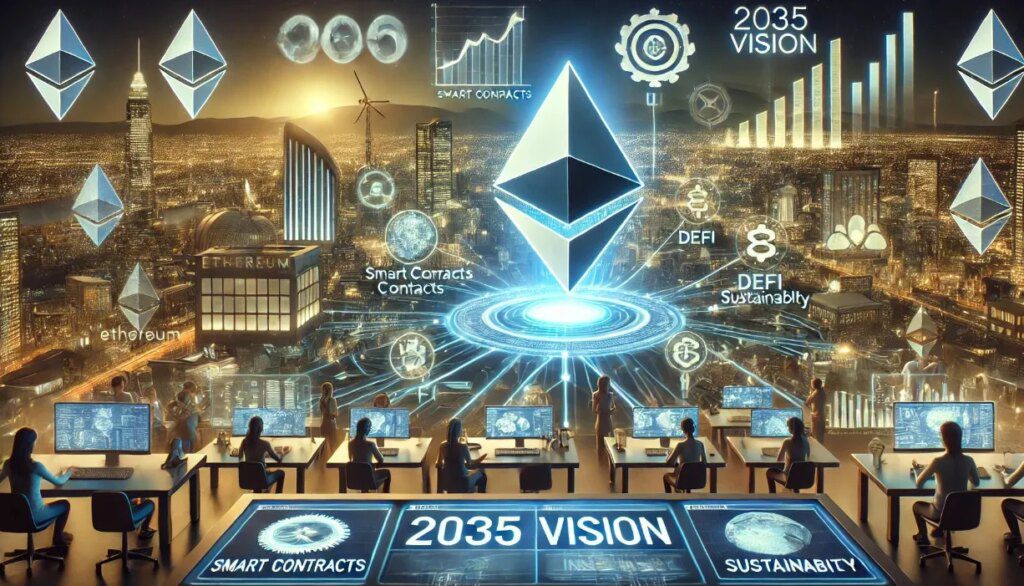
The Ethereum (ETH) blockchain is ready for one of its most significant upgrades yet, the Fusaka upgrade, which is scheduled to take place on December 3. This enhancement aims to address one of the network’s most pressing challenges: scalability.
Promises of the next Fusaka upgrade
According to a recent analysis by the experts at The Bull Theory on social media platform X (formerly Twitter), Fusaka is designed to fundamentally improve the performance of Ethereum.
A key feature of the Fusaka upgrade is the substantial increase in network capacity, increasing the block limit from 45 million to 150 million gas. This increase is complemented by the introduction of two systems: PeerDAS and Verkle Trees, which collectively transform data management on the blockchain.
PeerDAS allows Ethereum to process Layer 2 transactions faster and cheaper, while Verkle Trees alleviates storage requirements, making blockchain verification much more efficient.
The implications for users are significant. Layer 2 solutions such as Arbitrum (ARB), Coinbase’s Base, and Optimism (OP) rely heavily on Ethereum for transaction settlement. The current protocol requires each Ethereum node to download numerous data sets to confirm transactions.
However, the Fusaka upgrade alleviates this problem. With PeerDAS, nodes will only need to verify samples rather than entire blocks of data, which could significantly reduce costs and speed up transaction times.
This efficiency means that rollups will become cheaper, improving the overall experience of decentralized finance (DeFi) users and non-fungible tokens (NFT).
From an economic perspective, cheaper rollups should boost activity on Layer 2 networks, leading to an influx of users and applications. Therefore, this increase could lead to an increase in fees burned, thereby increasing the demand for ETH.
Could Ethereum reach new price records?
For analysts at The Bull Theory, the Fusaka upgrade not only strengthens ETH’s role as the leading settlement platform across the world. crypto economyencompassing everything from DeFi to tokenized assets, but it also strengthens its position in the broader market landscape.
Fusaka follows a series of milestones for the Ethereum network that have reshaped its fundamentals. The merge in 2022 made the network more energy efficient, while the Shanghai/Shapella update in 2023 introduced the possibility of staked ETH withdrawals.
The Dencun upgrade in 2024 incorporated proto-danksharding and blobs, and Pectra, which took place in 2025, brought validator flexibility and Layer 2 interoperability.
Previous upgrades including Pectra upgradedemonstrated the market’s responsiveness to improvements in network efficiency, sparking a remarkable 50% rally for ETH earlier this year.
With ETH trading just above $3,500, a similar response and level of demand for the next upgrade could push ETH to a new high of $5,250. This is supported by analyst forecasts for a bullish fourth quarter for the broader digital assets market.
Featured image of DALL-E, chart by TradingView.com

Editorial process as Bitcoinist focuses on providing thoroughly researched, accurate and unbiased content. We follow strict sourcing standards and every page undergoes careful review by our team of top technology experts and seasoned editors. This process ensures the integrity, relevance and value of our content to our readers.




